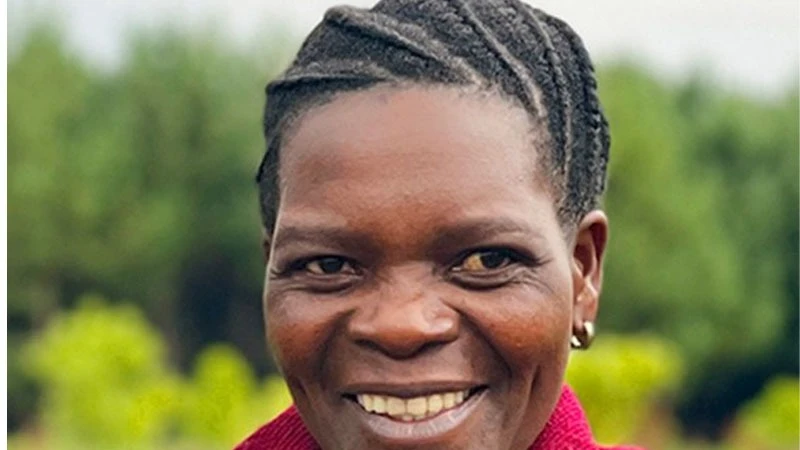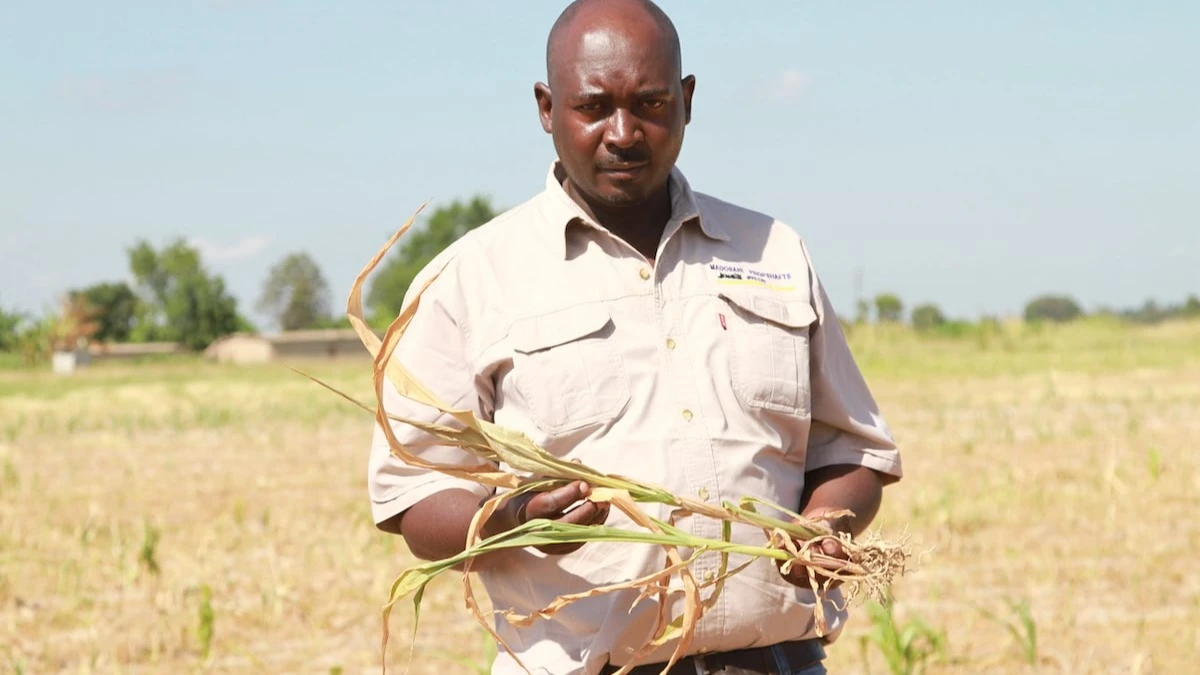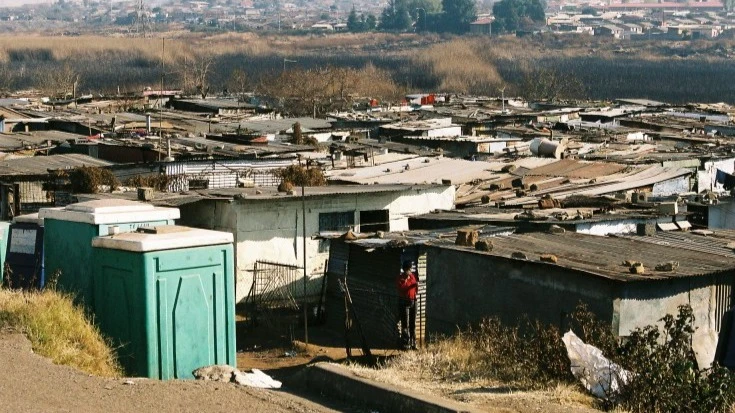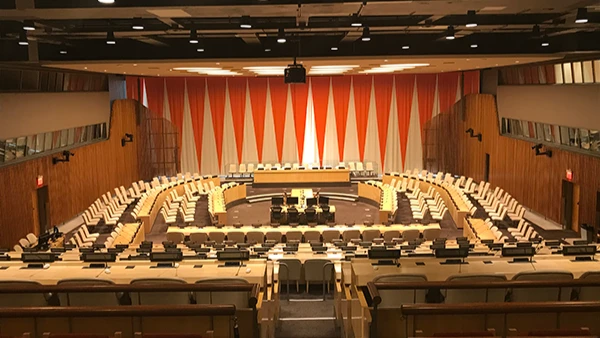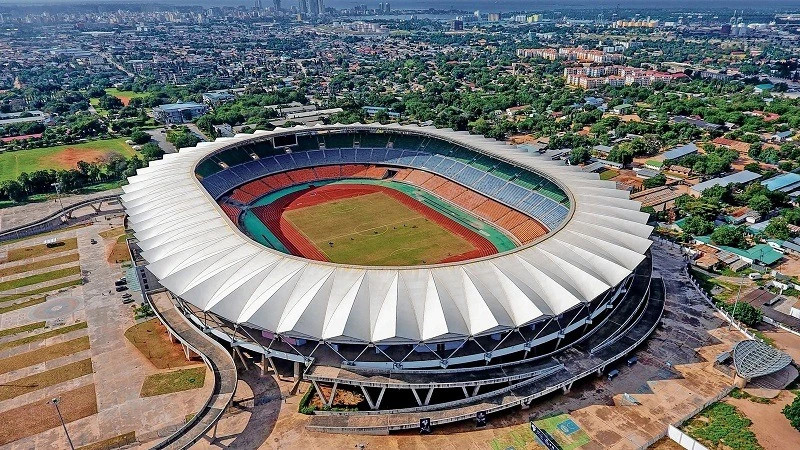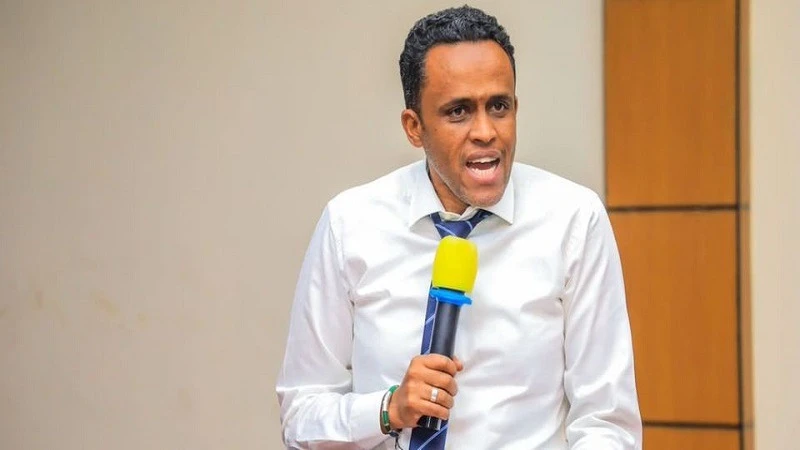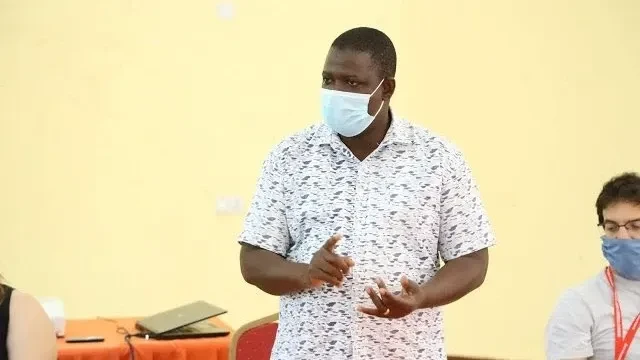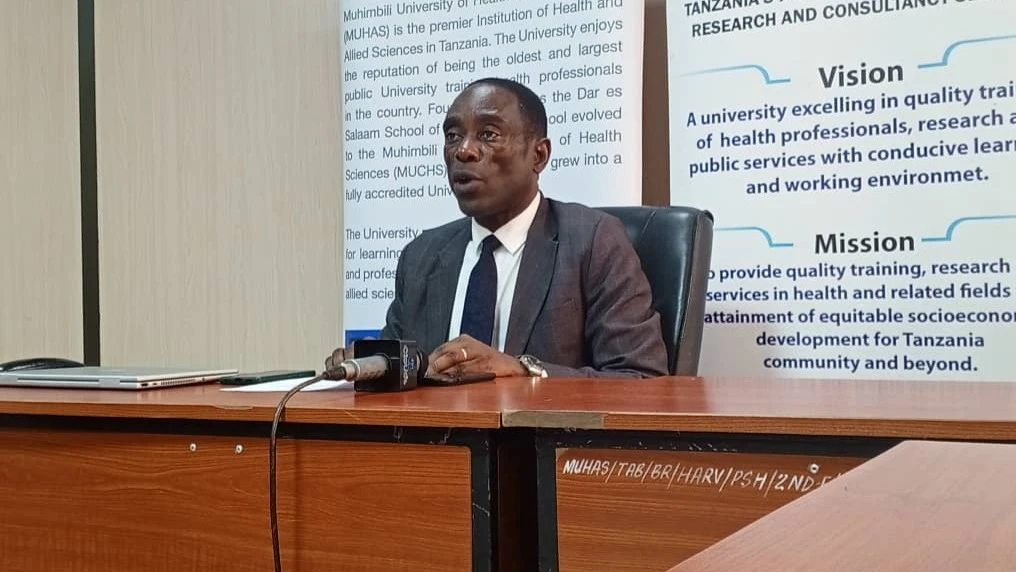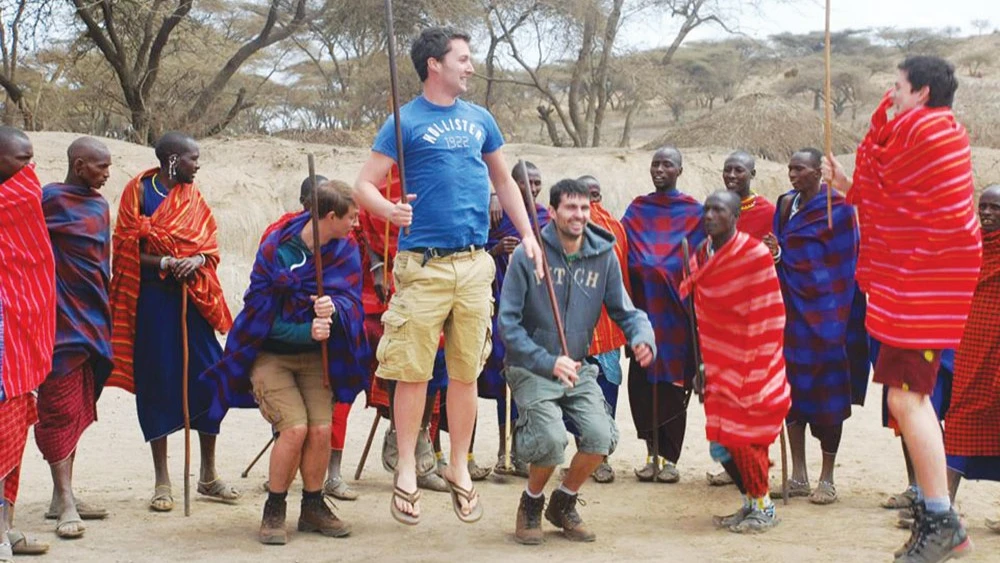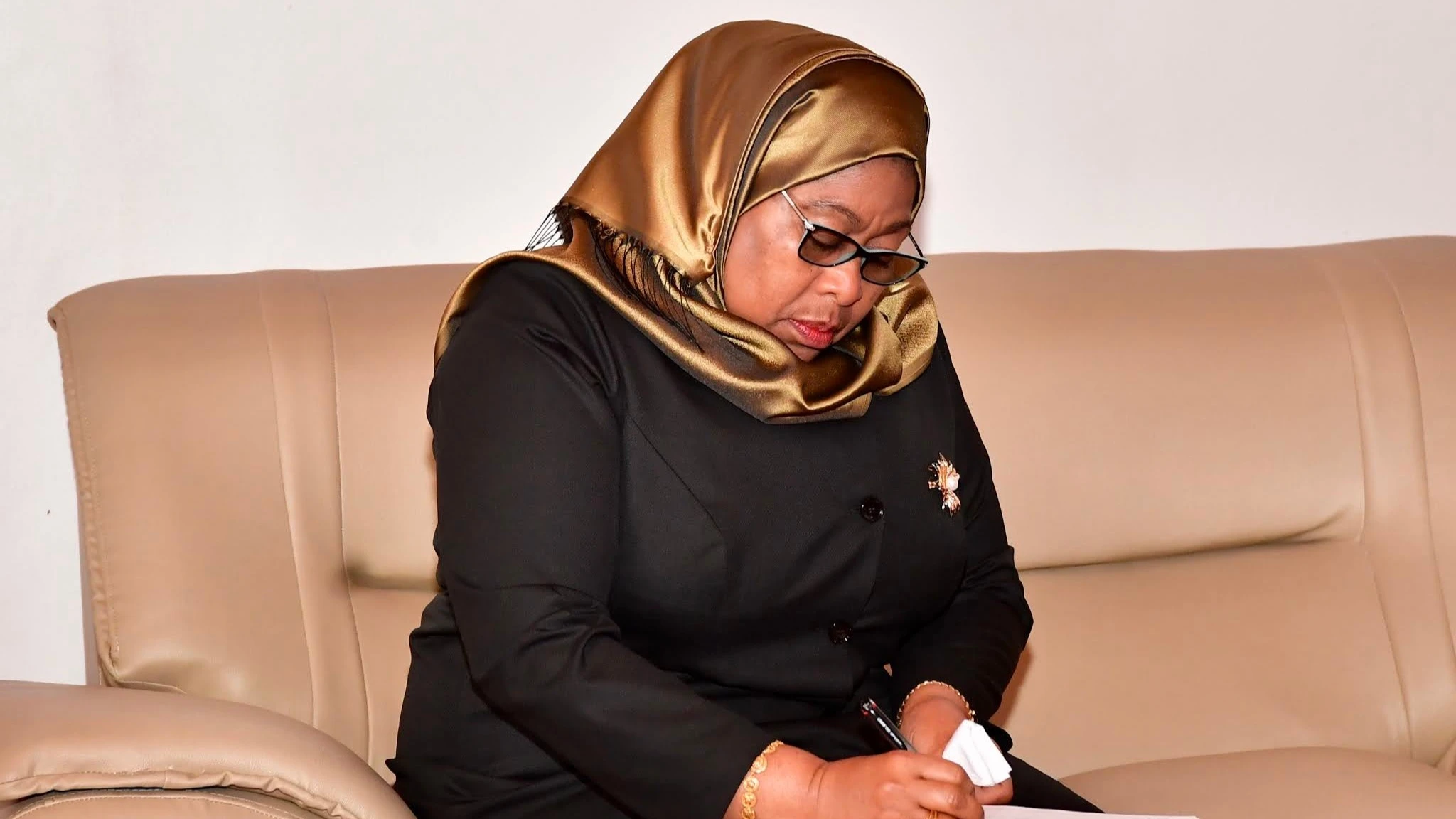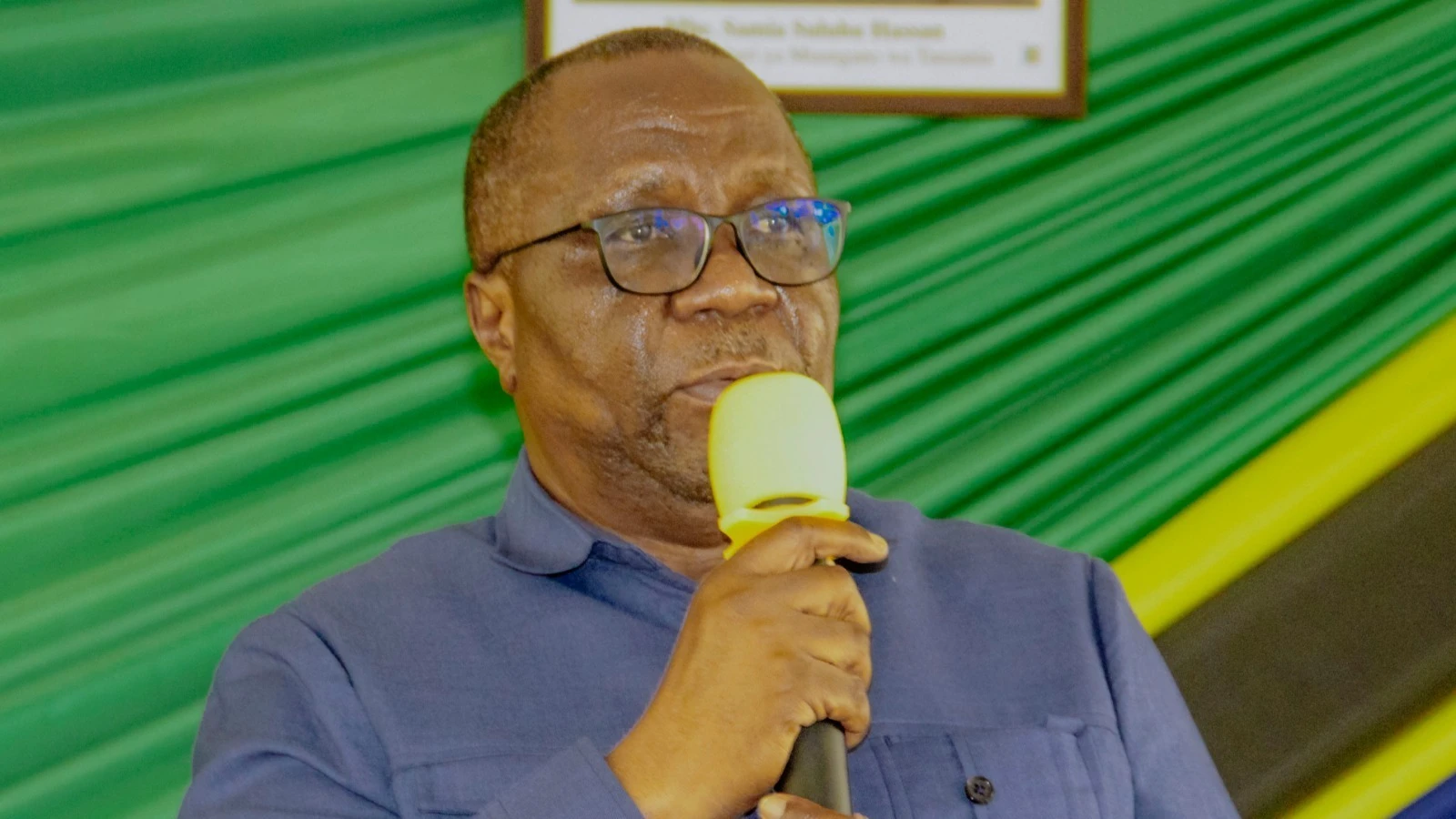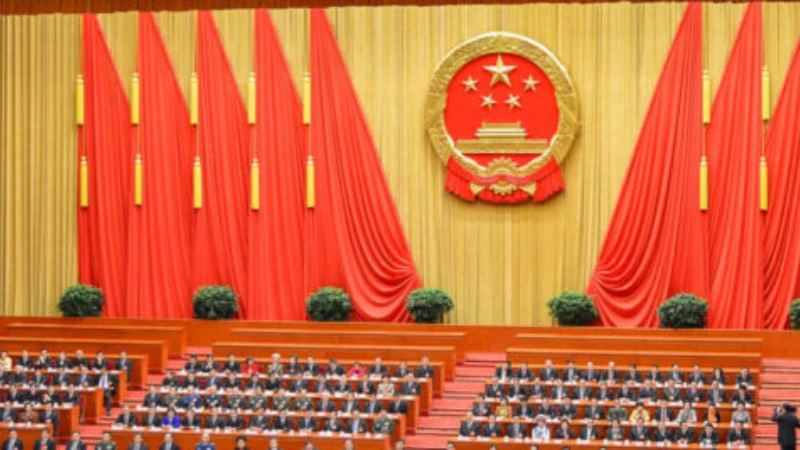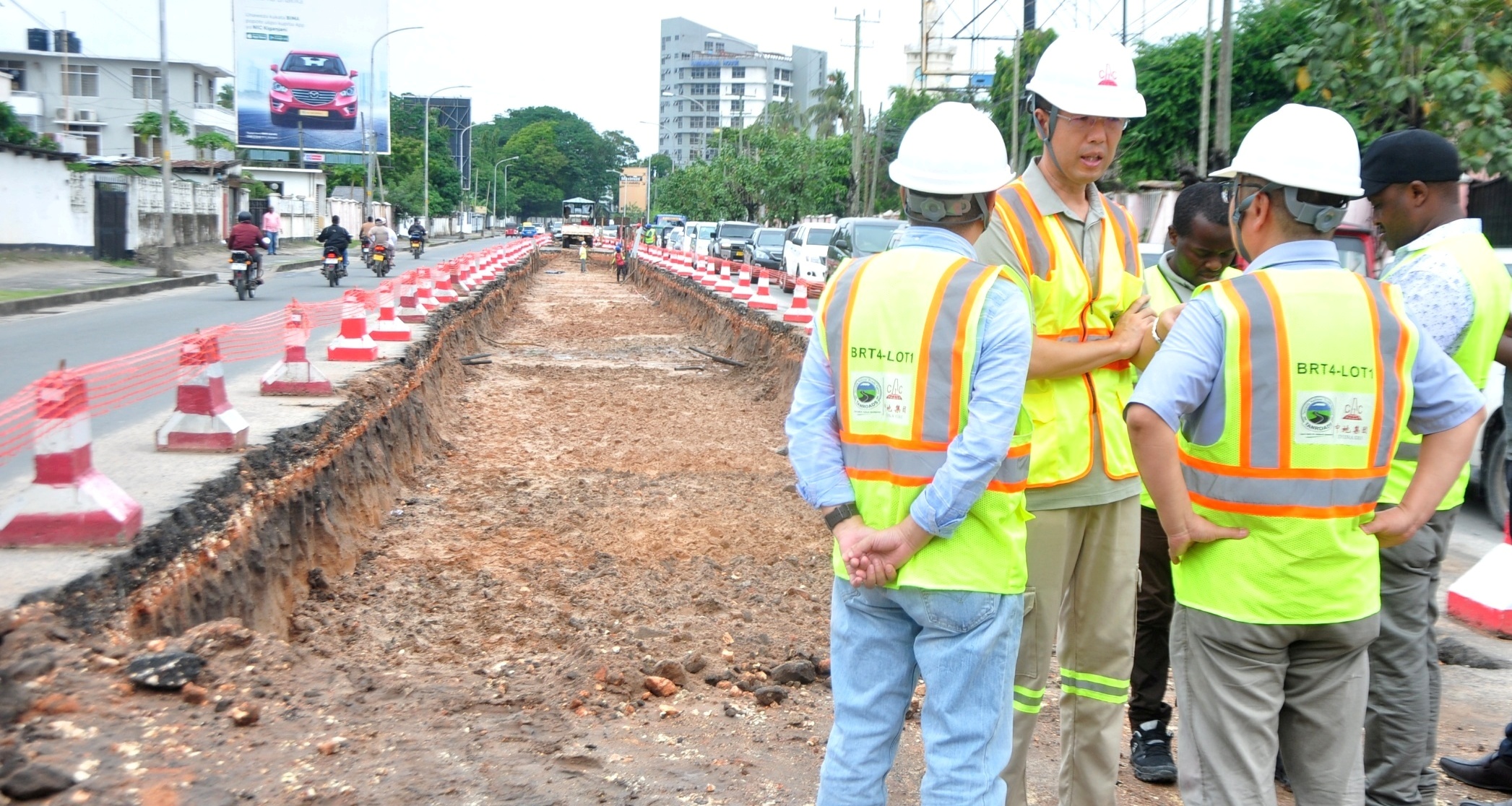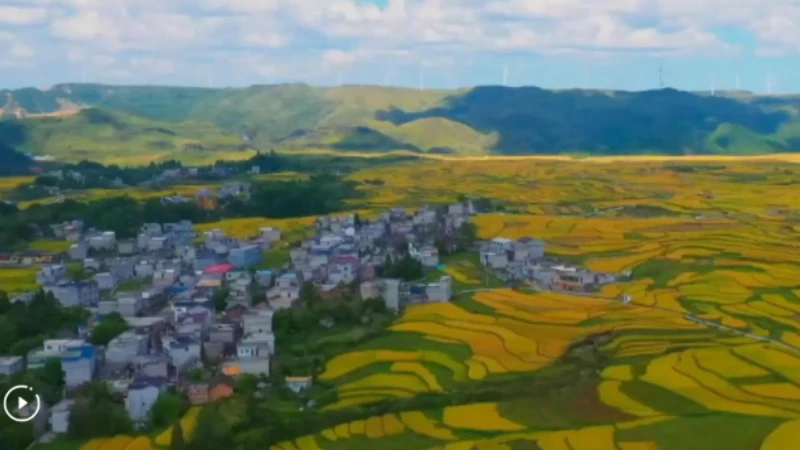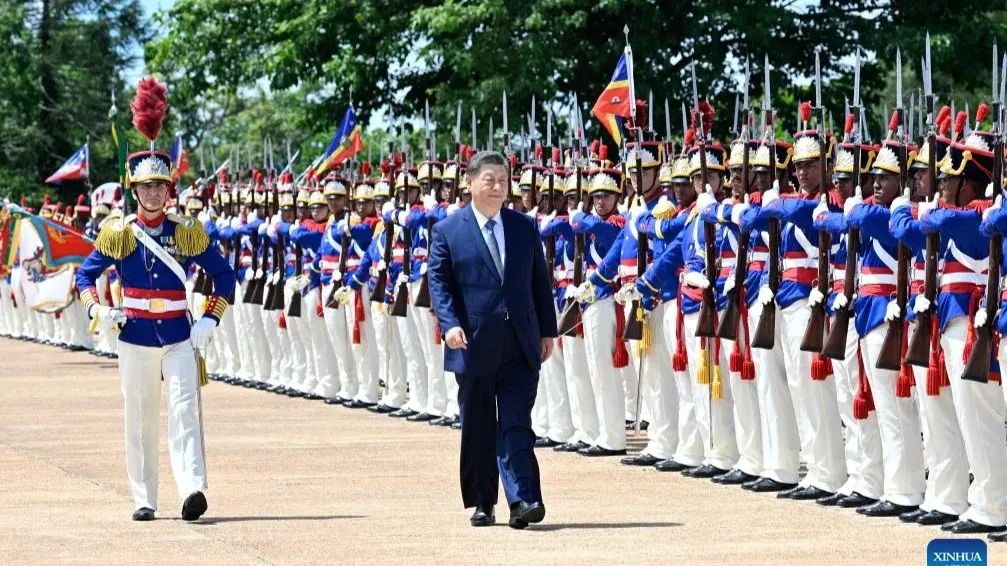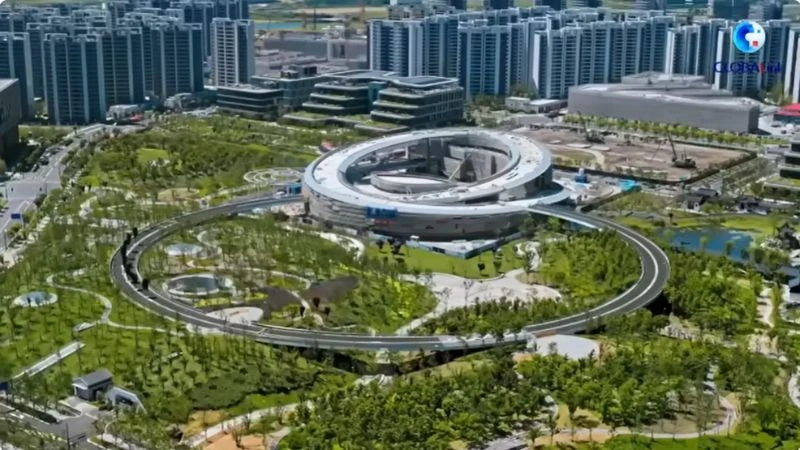Tanzania among ‘10 most improved’ countries in water, sanitation
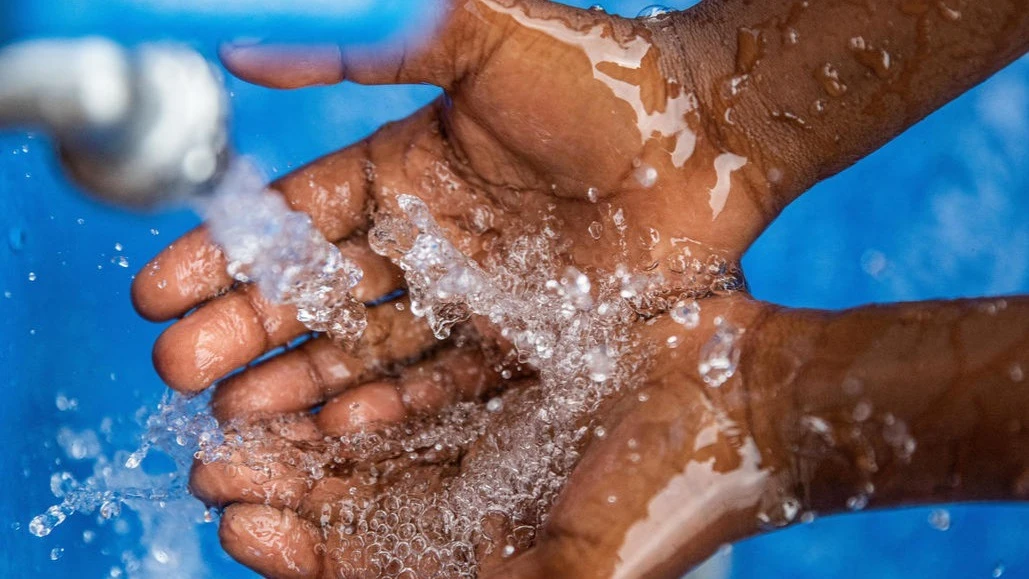
TANZANIA’S notable effort to clean water and good sanitation has resulted in positive outcomes as this year is ranked among the 10 most improved countries in water and sanitation worldwide.
This is according to AlTi Global Social Progress Index (AGSPI) 2025, which tracks the performance of 170 countries (assessed in 57 indicators) since 2011 to 2024 across key drivers of social progress, covering 99 per cent of the global population.
The AGSPI, says AlTi Tiedemann Global Chief Executive Officer Michael Tiedemann, is a powerful and practical tool that “shows how people are really living and examines the core drivers of social progress, as distinct from economic indicators [and] identifies areas where there’s a real chance to accelerate change and support meaningful social progress.”
The index lists the 10 most improved countries in water and sanitation since 2011-2024 (in descending order) as Nigeria, Mali, Guinea, Tanzania, Lesotho, Somalia, India, Mozambique, Togo and Laos. Eight of these countries are in sub-Saharan Africa, and two others, namely India and Laos, are in South Asia and Southeast Asia respectively.
In this year’s ranking, while Tanzania is ranked 126th out of 170 surveyed countries, its score is 52.56 on a scale of 0-100, with 100 representing the best possible scenario and 0 indicating the worst possible. However, its score (annual change) describes Tanzania as “improving country (increase of >0.25 points)” and this makes it among the most improved countries.
“Clean water and good sanitation have been the foundation of improvements in public health for centuries and have positive effects on school attendance and attainment. The world has made sustained progress in bringing water and sanitation to everyone.” According to this report, sub-Saharan Africa lags significantly behind other countries in clean water and good sanitation with the majority of countries’ annual change showing a declining country (decline of >0.25 points).
Sustainable development goal (SDG) 6 focuses on clean water and sanitation. It states “Ensure availability and sustainable management of water and sanitation for all.” While Target 6.1 seeks to achieve universal and equitable access to safe and affordable drinking water for all by 2030, Target 6.2 seeks to achieve access to adequate and equitable sanitation and hygiene for all and end open defecation, paying special attention to the needs of women and girls and those in vulnerable situations. Time is running out as 2030 is just five years to come. Will countries really meet SDGs by 2030? A few countries may, but certainly the majority will not.
In light of SDG 6, there has been notable effort to ensure Tanzanians access clean and safe water and improve sanitation. Such effort has led to a decrease in water and sanitation related epidemics in many parts of the country. This is an impressive achievement.
The AGSPI indicator-level framework comprises three dimensions, namely basic needs, foundations of wellbeing and opportunity. The dimension of basic needs comprises nutrition and medical care, water and sanitation, housing, and safety. The dimension of foundations of wellbeing comprises basic education, information and communications, health and environmental quality. The dimension of opportunity comprises rights and voice, freedom and choice, inclusive society and advanced education. While each dimension is subdivided into several components, the latter are further defined by outcome indicators.
Oxford Advanced Learner’s Dictionary (1995) defines sanitation as “systems that protect people’s health, especially those that dispose efficiently of human waste.”
The AGSPI 2025 defines social progress as “the capacity of society to meet the basic human needs of its citizens, establish the building blocks that allow citizens and communities to enhance and sustain the quality of their lives, and create the conditions for all individuals to reach their full potential.”
The government through the National Five-Year Development Plan Phase Three (FYDP) III 2021/22-2025/26 considers water as “one of the vital natural resources that touches all aspects of human life from domestic, agricultural and industrial development to cultural and religious values embedded in society.” It also considers adequate, clean, safe and affordable water and sanitation services as “having an impact on people’s standard of living and contribution to socioeconomic growth.”
The AGSPI 2025 report poses these two key questions: Why are some countries better than others at turning their economic resources into social progress? What does that mean for investors? Here is the reply it provides.
“Some countries excel in turning economic resources into social progress because they have the ability to leapfrog traditional development pathways. Starting from a low economic or infrastructural base can be an advantage: these countries are unburdened by entrenched systems, outdated policies, existing transportation and energy infrastructure, or cultural norms that sometimes hinder adaptability and innovation in more developed contexts.”
Moreover, it suggests that leapfrogging allows nations to bypass intermediate stages of development and adopt cutting-edge solutions, from renewable energy systems to digital finance and digital health platforms. “Countries with limited legacy infrastructure can deploy mobile networks and decentralised solutions more quickly than those needing to overhaul existing systems,” it says.
The AGSPI identifies four key opportunities for investors to make a big difference, namely 1) a healthier world through investments in food security, water and sanitation and health systems, 2) rebuilding rights and freedoms through support for the rule of law, independent media and academic freedom, 3) the sustainability opportunity of clean energy technology and the circular economy, and 4) accelerating progress towards gender equity by supporting efforts to tackle persistent problems like intimate partner violence.
Top Headlines
© 2025 IPPMEDIA.COM. ALL RIGHTS RESERVED


